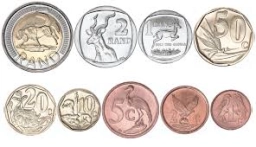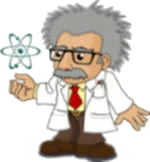Two coins
Two coins are tossed simultaneously. What is the probability of getting
(i) At least one head?
(ii) At most one tail?
(iii) A head and a tail?
(i) At least one head?
(ii) At most one tail?
(iii) A head and a tail?
Correct answer:

Tips for related online calculators
Need help calculating sum, simplifying, or multiplying fractions? Try our fraction calculator.
Would you like to compute the count of combinations?
Would you like to compute the count of combinations?
You need to know the following knowledge to solve this word math problem:
Grade of the word problem:
Related math problems and questions:
- Five identical
 Five identical coins are tossed. What is the probability of more than one head?
Five identical coins are tossed. What is the probability of more than one head? - Three coins
 In a game of chance where three coins are tossed, a player wins if two heads and a tail come up. What are the chances of this occurring?
In a game of chance where three coins are tossed, a player wins if two heads and a tail come up. What are the chances of this occurring? - Probability - coin toss
 A coin is tossed 24 times. Find the probability of getting 16 heads. (The probability of getting a head is 0.5)
A coin is tossed 24 times. Find the probability of getting 16 heads. (The probability of getting a head is 0.5) - A fair coin
 A fair coin is tossed twice. Write down the set of possible outcomes. What is the probability of obtaining it? I. Exactly one head ii. No head
A fair coin is tossed twice. Write down the set of possible outcomes. What is the probability of obtaining it? I. Exactly one head ii. No head
- Dice and coin
 A number cube is rolled, and a coin is tossed. The number cube and the coin are fair. What is the probability that the number rolled is greater than two and the coin toss is head?
A number cube is rolled, and a coin is tossed. The number cube and the coin are fair. What is the probability that the number rolled is greater than two and the coin toss is head? - A coin
 Suppose you tossed a coin 12 times. The coin landed on heads 9 times and on tail 3 times. What is the probability of landing on tails?
Suppose you tossed a coin 12 times. The coin landed on heads 9 times and on tail 3 times. What is the probability of landing on tails? - The spinner
 The spinner below is spun 12 times. It landed on I 4 times, II 7 times, and III 1 time. What is the difference between the experimental and theoretical probabilities of landing on the II?
The spinner below is spun 12 times. It landed on I 4 times, II 7 times, and III 1 time. What is the difference between the experimental and theoretical probabilities of landing on the II?
